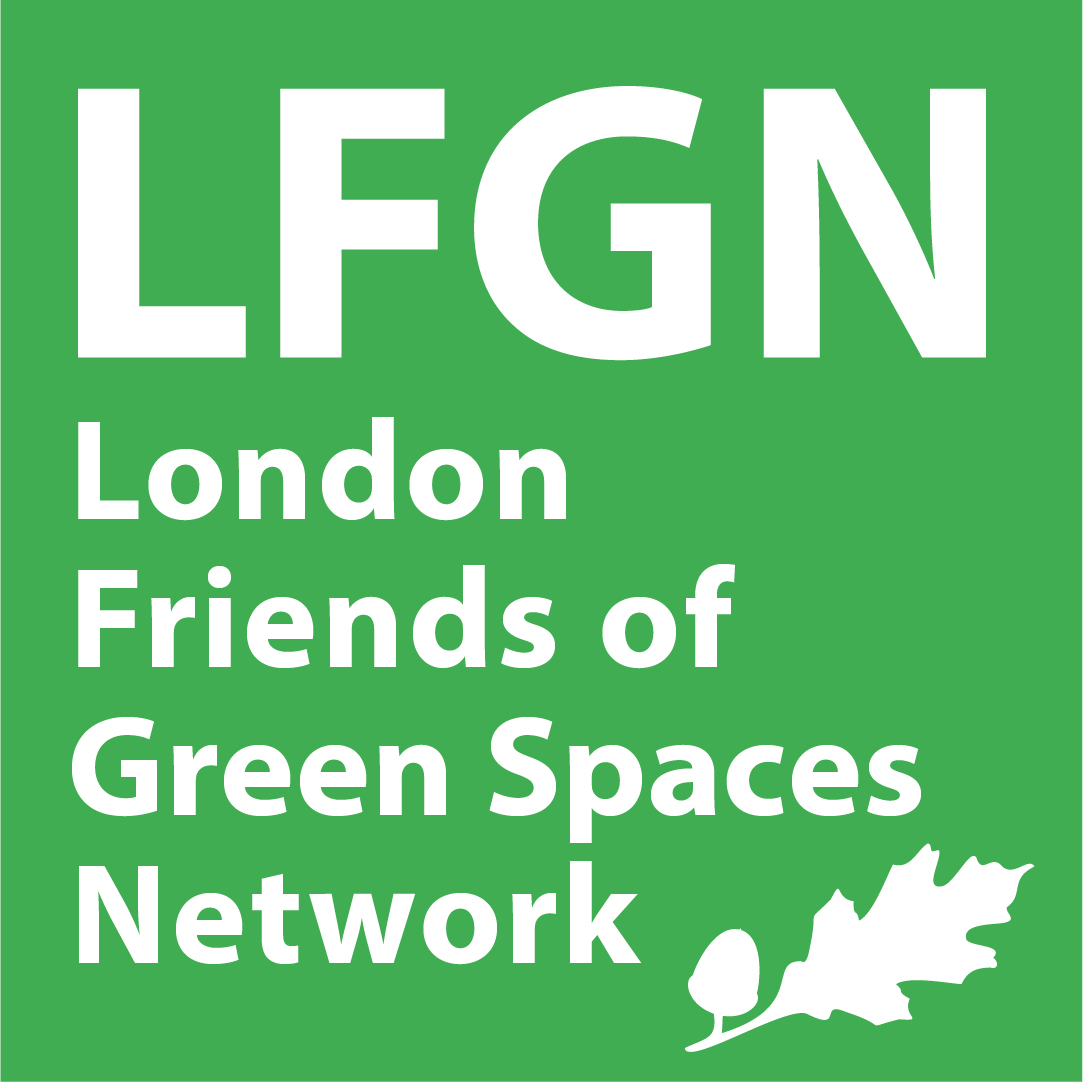by Helen Monger
What is an historic designed landscape?
According to HE – “The English are, and always have been, a nation of gardeners. The results of centuries of working the soil and shaping the landscape can be seen everywhere in the form of historic parks and gardens from town gardens and public parks to the great country estates.”
But how do we define and protect the essence of an historic landscape? (Particularly against the backdrop of diminishing local authority budgets – as the organisations with primary responsibility for looking after them – and the pressures in London on urban expansion and housing).
Gardens Trust and LPGT
The Gardens Trust (TGT) is a UK national charity dedicated to protecting and conserving our heritage of designed landscapes. TGT campaigns on behalf of all designed landscapes, undertakes research and conservation work, and encourages public appreciation and involvement through the national network of County and Country Garden Trusts. In London this is the London Parks & Gardens Trust (LPGT).
The Gardens Trust is a statutory consultee in the English planning system. This means that local authorities have to consult us on any planning applications that affect gardens and landscapes listed on Historic England’s Register of Historic Parks and Gardens of special historic interest. We are always happy to discuss proposals with owners, developers or local people in order to get the best outcome. The Gardens Trust is supported in this role by local County Garden Trusts.
London Parks and Gardens Trust
LPGT’s core aims are to Champion, Celebrate and Cultivate…
- Celebrate = Open Garden Squares Weekend (OGSW etc. – opening up greenspaces not usually open to the public)
- Cultivate = Lectures and Walks run to inform and engage people in parks
- Champion = Research, Planning & campaigning
Often most effort goes on Campaigning but actually really important to do baseline research before any developmental threats occur.
Values, Statements of Significance and the LPGT Inventory
LPGT undertakes Historic Research with volunteers (often experts) and creates Statements of Significance. The key is to understand values see guidance available at http://thegardenstrust.org/conservation/conservation-publications/
Values – can lead to inclusion on Historic England’s ‘Register of Parks and Gardens of Special Historic Interest in England’, which was established in 1983. This currently identifies over 1,600 sites assessed to be of particular significance. = Grade 1 or Grade 2* or Grade 2
But many other planning protections including:
- Conservation Areas… introduced in 1974
- Metropolitan Areas of Open Land – CPRE leads on campaigning to protect areas of Green Belt in London
- Scheduled Ancient Monuments
- Rights of Way (Ramblers UK take a leading role in protecting these)
All these give status within the National Planning Policy Framework (NPPF)
Other means of protection include:
- Covenants
- Not documented – Social Value and views – consider what people regard as special and unique of historic value but not necessarily
We assemble all this information in our LPGT Inventory also known as London Gardens Online: http://www.londongardensonline.org.uk/
This helps to provide status and input into the planning system. One of the things a park will achieve by documentation on the Inventory is that we then transfer information to the Historic Enviroment Record (HERS) which is kept in Greater London by Historic England and forms the base map for all planning discussions before developers even go out to public consultation so embeds key bits to protect in your park.
Another important resource that is important to register with is Go Parks London https://www.goparks.london/ led by a Consortium with CPRE London and the LFGN working with GiGL. I am seconded to work with CPRE London and LFGN one day a week for next 6 months to grow this resource and improve data showing the extent of Friends group activism and greenspaces. Again inclusion on this will play a vital role in noting the existence and need for protection of your green space.
Campaigning
If park under threat, LPGT can help by lending our voice – but reliant on volunteer input. Friends of Park Groups need to lead campaigns which Trust can support. LPGT is supposed to be notified of all proposals that impact on Listed parks but sometimes sites quite far away can still have an impact and we might not be notified.
When reviewing applications the key documents to review from a heritage perspective are:
Environmental Impact Statement – EIA
And the Heritage Statement
Even having done all the research the key is to demonstrate within the NPPF the damage to the heritage when set against the concepts of Sustainable Development. Best to get in early and invest lots of time documenting the history and importance of each park and what makes it unique. Sometimes, competing heritage priorities eg. Maintaining biodiversity vs amenity value. Ultimately worth coming up with a Conservation Management Plan to agree prior to developer what are the most important things in a competing proposal.
Further Reading
Gardens Trust
Historic England
https://historicengland.org.uk/research/current/conservation-research/designed-landscapes/
https://historicengland.org.uk/listing/what-is-designation/registered-parks-and-gardens/
London Parks & Gardens Trust
http://www.londongardensonline.org.uk
National Planning Policy Framework and planning practice guidance
https://www.gov.uk/government/publications/national-planning-policy-framework–2
https://www.gov.uk/government/collections/planning-practice-guidance

